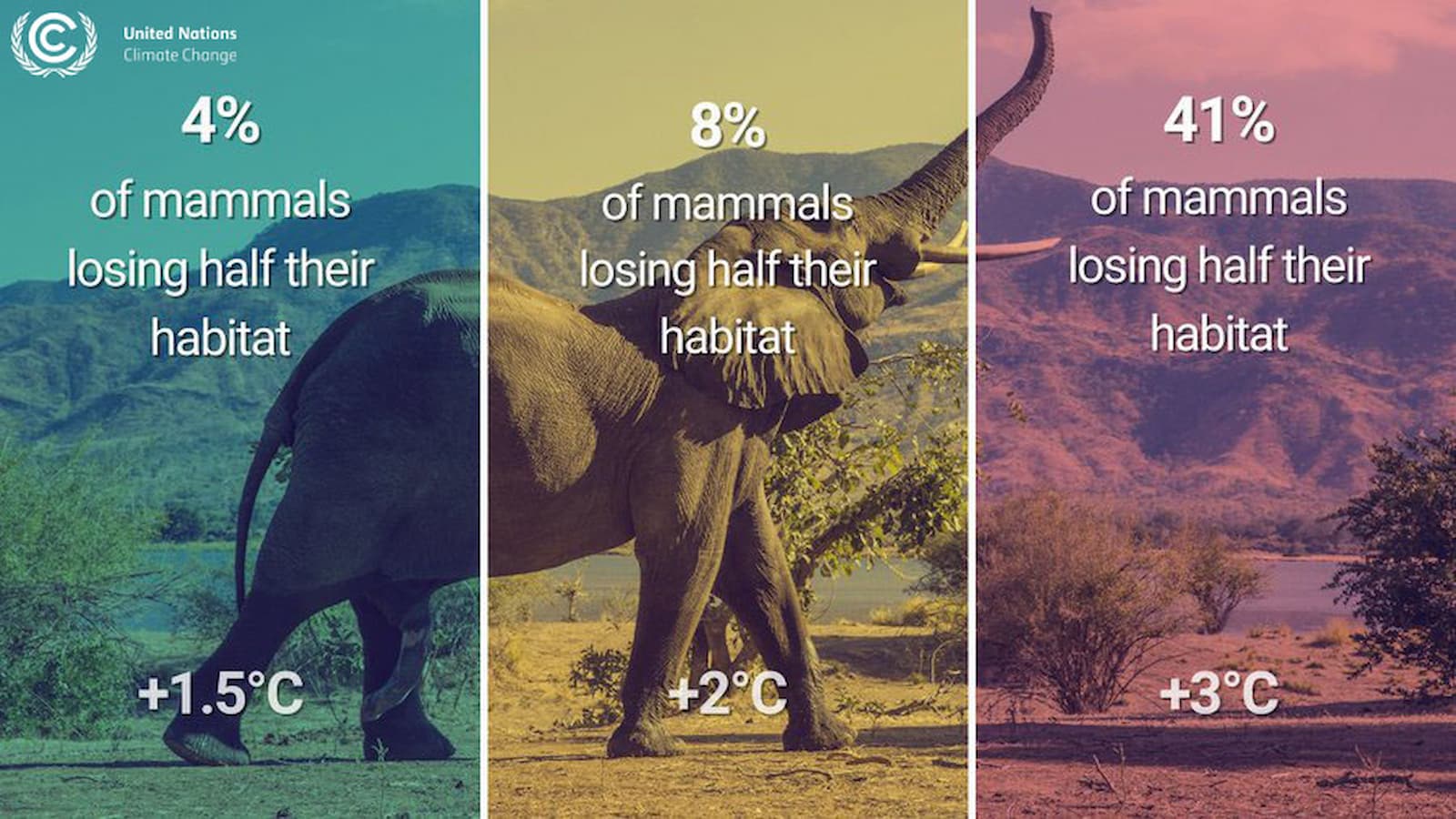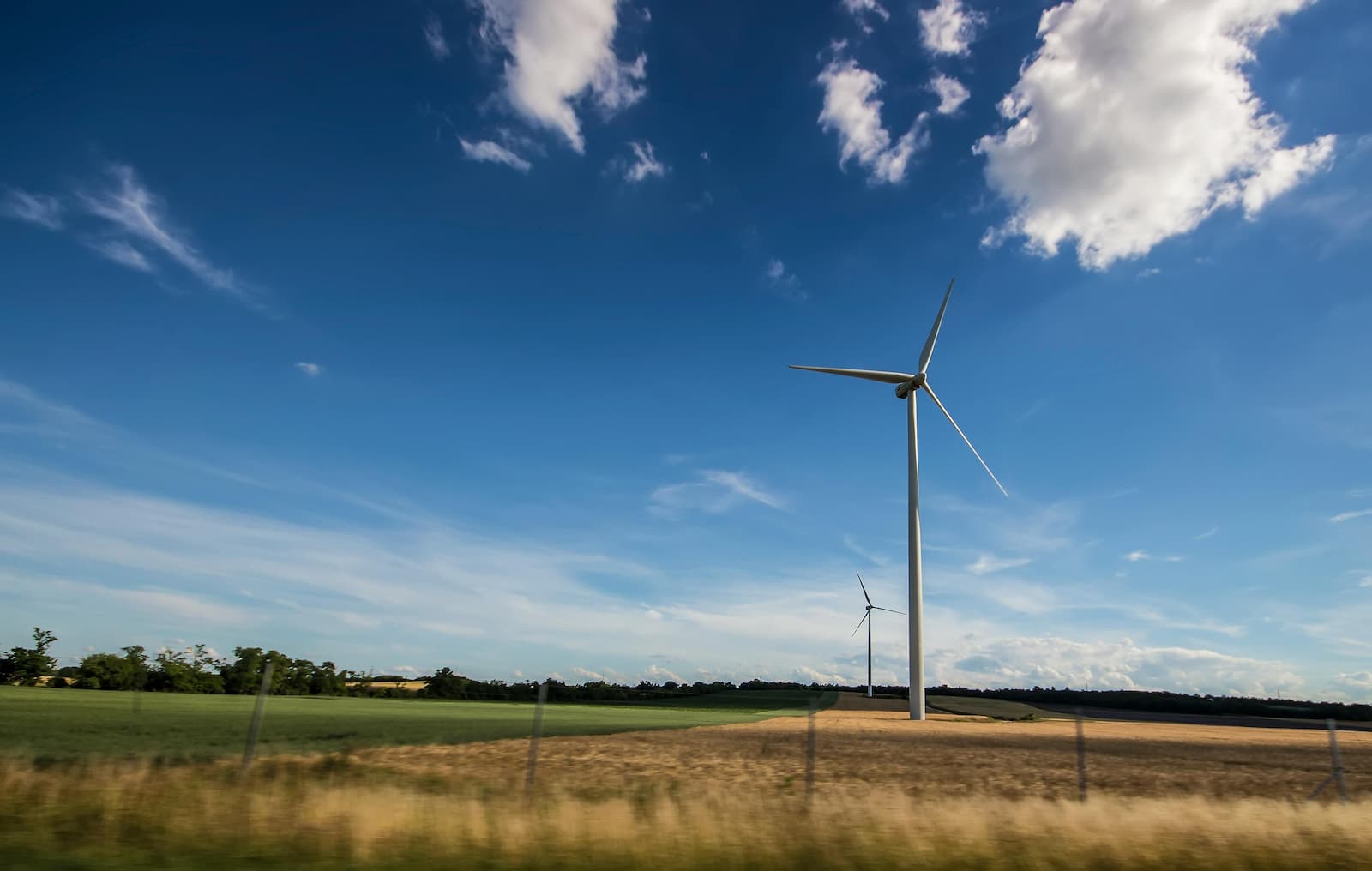Our Power, Our Planet: Embracing Renewable Energy Mindfully
Posted on: 16 April, 2025
As we celebrate this year’s Earth Day - 22 April 2025 - on the theme ‘Our Power, Our Planet’, we are reminded by Kathleen Rogers, Earth Day President, of the incredible potential we hold as a global community; the collective voice of billions can ignite action toward a more sustainable future, specifically in the transition to renewable energy. However, this shift must be approached mindfully and with respect for our planet's ecosystems, a commitment to conservation, and to Saving Wildlife Together.
The urgency of renewable energy
As highlighted by the Intergovernmental Panel on Climate Change (IPCC), the energy sector is often the most significant greenhouse gas emitter, typically contributing over 90% of CO2 emissions and 75% of total greenhouse gas emissions in developed countries. In 2024, almost four-fifths of global primary energy came from coal, oil, and gas.
Our reliance on these fuels exacerbates climate instability, which is playing an increasingly significant role in the decline of biodiversity. According to the United Nations, “climate change has altered marine, terrestrial, and freshwater ecosystems around the world. It has caused the loss of local species, increased diseases, and driven mass mortality of plants and animals, resulting in the first climate-driven extinctions”. The risk of species extinction increases with every degree of warming…
 Image credit: United Nations
Image credit: United Nations
The science is unequivocal: to combat climate change and the risks it poses to habitats and species effectively and to achieve a climate-resilient future in line with the Paris Agreement targets - to reduce emissions by 45% by 2030 and to reach net zero by 2050 - we must radically reduce consumption of finite fossil fuels. We must transition to renewable energy sources, focusing on the infinite power of nature, such as wind, sunlight, water, and plants.
Renewable energy (wind, solar, hydro, biofuel), in line with UN Sustainable Development Goal 7, not only offers a modern, cleaner alternative to fossil fuels but also has the potential to ensure energy is sustainable and accessible for all. By harnessing the power of nature, we are taking a step towards a future where our energy consumption does not outstrip the planet's capacity to regenerate. However, alongside this transition to renewable energy lies a key responsibility: to be mindful that we need to remain stewards of the environment and advocate for practices that ensure conservation.
Balancing renewable energy development and conservation
While the expansion of renewable energy is essential, careless development can lead to unintentional harm to local ecosystems. The construction of renewable energy developments can fragment or destroy habitats as they often require large amounts of land. Renewable energy production can also stress, injure, or kill wildlife; for example, wind turbines spin at high speeds, presenting a collision risk to birds and bats, and hydropower installations alter water flows, potentially disrupting migratory routes for some diadromous fish species.
However, emerging research shows that careful, considered, and more sophisticated renewable energy production can not only provide clean or green energy but can also benefit biodiversity.
Developers are asked by organisations, including the IUCN, OECD, University of Cambridge, Centre for Landscape Regeneration, and the RSPB, to practice mindful location assessments and seek out areas where energy projects can thrive without disrupting sensitive habitats. Dr. Bruno Oberle, IUCN Director General, emphasises the importance of developing renewable energy with care: “large-scale expansion of solar and wind energy is vital for a sustainable, low-carbon future. However, developers must take care to ensure that these technologies do not unintentionally pose risks to nature and livelihoods”. This perspective urges us to integrate biodiversity conservation into our energy infrastructure.

The native species team at Bristol Zoological Society suggest that renewable energy developments can utilise Environmental Impact Assessments (EIAs) to find the best areas, i.e. least biodiverse or sensitive, for development and to identify potential habitat and wildlife consequences, ensuring satisfactory mitigations and enhancements are integrated before projects begin. Developers can improve natural habitats through designs that include features, designed to be site and species specific, like coral reef planting, fish ladders/passes, coloured wind turbine blades, tree corridors, hedgerows, pollinator pathways, and agroecological practices, such as conservation grazing, which can promote biodiversity while still fulfilling energy needs. Developers can also implement ongoing monitoring to assess the ecological impacts of renewable energy systems. Adjustments can be made in real time, ensuring that biodiversity is not compromised.
Practical steps for sustainable energy practices
This is all very interesting, but I’m not a large-scale renewable energy developer, so what difference can I make?
Topics like this can seem overwhelming and out of our hands. But there are a couple of practical things we can do:
Ask the questions: Is there a renewable energy development (wind, solar, biofuel, hydro) proposed in your local area? If not already, request that the EIA be made publicly available alongside a clear presentation of why the site has been selected and the intended habitat/species mitigation and enhancement initiatives to which there is full commitment.
Go solar: Investigate generating solar energy for your home and car. Solar is becoming increasingly sophisticated, is viable on various roof pitches and orientations - even if there are objects causing shade, and can be attractive - some options integrate into the roof so it looks like roof tiles!
Support renewable energy tariffs: If installing renewables is currently not an option, choose an energy provider that commits to clean energy tariffs. There are several that offer 100% renewable energy, are leading by example, and pushing the industry toward more sustainable practices.

Conclusion
As we observe Earth Day this year, let us harness the theme ‘Our Power, Our Planet’ as a call to action to redefine our relationship with energy and nature - let’s work together to ensure a future where energy is sustainable and nature thrives.
Our power lies in our collective commitment to change how we use our Planet.
Happy Earth Day 2025!

Want to help us save wildlife?
Become a member today for a year of wild adventure, and help protect the animals and habitats you love by supporting our conservation charity.

